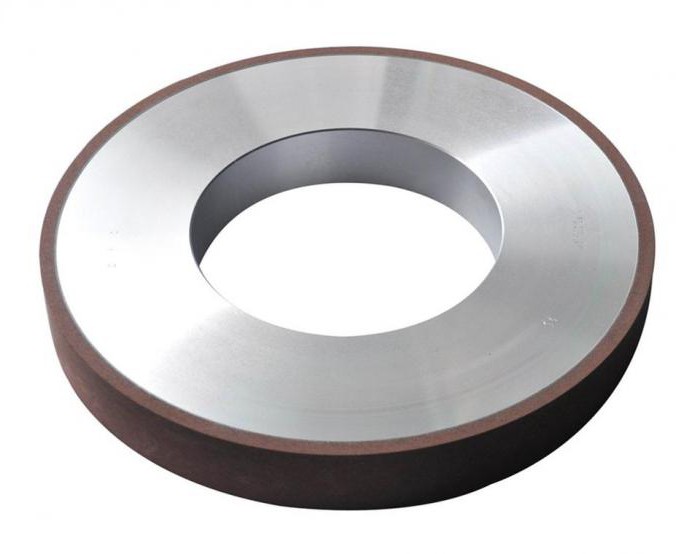Electroerosive metal working
In the first half of the twentieth century, scientistssuggested the treatment of metal with a spark charge. This method is called electro-erosion treatment. The principle of operation of the treatment is simple and consists in the following: in the medium of a liquid dielectric, two electrodes are brought closer under voltage (anode and cathode). Moreover, the role of the cathode is performed by the workpiece. An electric discharge arises between the anode and the cathode. During the interaction, energy is released that can heat up and remove metal particles from the surface of the electrode. In other words, the metal layers are destroyed under the influence of electric discharges (metal erosion).
By applying voltage to the electrodes in the form of short pulses, the energy does not act in the interior of the metal. This ensures that the part does not lose its physical properties during the processing.
Electroerosive machining. Principle of operation
In practice, the EDM looks like this:
- The blank (cathode) is placed on the table.
- Preparation of the tool for processing(wire, a piece of copper, graphite, brass, aluminum) with a surface treated previously. The surface must repeat in shape the plane that should be obtained on the workpiece.
- Fastening of the tool in the moving part of the machine. The instrument is supplied with an impulse voltage. Then the tool approaches the workpiece.
- The appearance of a "breakdown" of the dielectric in the form of a spark between the surface of the workpiece and the tool.
- In the zone of contact of the spark with the surface of the workpiece, the microparticles of the metal are knocked out. A small funnel is formed. Its depth is equal to the tension between the part and the tool.
It should be noted that the spark jumpsbetween very close to each other parts of the surface of the tool and the workpiece. A grain behind a grain of millions of small sparks removes spoiled metal from the surface being treated. The sparks more and more approximate this surface in shape to the surface of the tool in an inverted form. In the process, it is possible to achieve maximum purity and uniformity of treatment due to a change in the tension on the tool and variation by the spark gap. If the wire is used as a tool, the workpiece is cut with more precision. In addition, it is possible to achieve contours of increased complexity. With other processing methods, complex contours can not be obtained.
Electroerosive treatment of metals has several advantages:
- achievement of high quality of the treated surface (homogeneity, accuracy). In this case, the need for further finishing processing is eliminated;
- the possibility of obtaining different surface textures;
- the ability to handle very hard surfaces (above 60 units);
- Elimination of deformation of thin parts due to the absence of mechanical stress;
- minimum anode wear;
- obtaining surfaces of different geometric shapes;
- No noise during processing.
Electric spark treatment. Use of the method
The electrospark mode of processing has found its application in the following:
- piercing openings in blanks of different hardness;
- the formation of depressions;
- cutting parts of different hardness;
- removal of worn out parts of hardened parts;
- grinding surfaces of any hardness;
- Cleaning of parts after cooking with alloys.
Electroerosion treatment has also found itsuse in the repair of construction machinery. With its help, the worn-out parts are cut, the broken parts of the fasteners are removed, and the slightly worn parts are increased.
In conclusion, it should be noted that the strength and wear resistance of machine parts reinforced by the electric spark method depends to a large extent on the processing regimes and the reinforcing material.
</ p>



